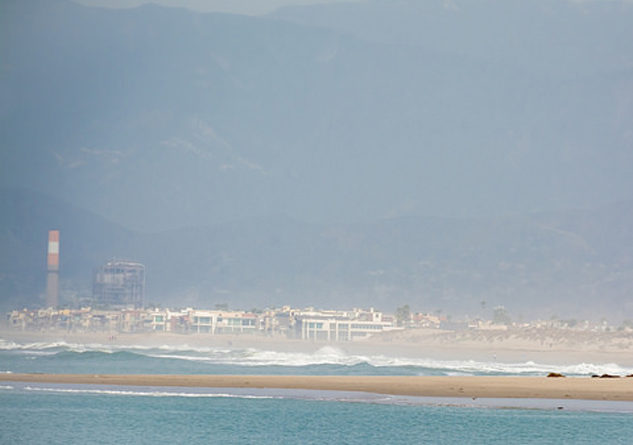Logan Pollard
California News Service
OXNARD, Calif. – Community groups from Oxnard showed up at a California Energy Commission hearing this week to voice their concerns about a proposal to build a fourth gas-fired power plant in their city.
Despite its accolades for developing energy-efficient jobs and policies, California’s lower-income communities often accuse the state of using them as dumping grounds for toxins and dirty power plants, to support more affluent areas.
Lucas Zucker, policy director with the Central Coast Alliance United for a Sustainable Economy (CAUSE), says there’s a disconnect between the state’s clean-energy rhetoric and what he sees in his community.
“California is leading the way, transitioning to clean energy,” he said, “and yet here in Oxnard, all we see are more fossil-fueled power plants.”
Local residents’ David-and-Goliath effort pits them against a Fortune 500 company, NRG Energy, which says the plant will bring $93 million in economic activity to the region.
The Energy Commission, appointed by the governor, plans to hold more hearings before its final decision in May.
NRG Energy also runs the Mandalay Bay and Ormond Beach Generating Stations, and is proposing the new plant at the current Mandalay Bay site. McGrath Peaker, another facility in Oxnard, is run by SoCal Edison.
Zucker says the Oxnard plants run on natural gas, which doesn’t create quite as much pollution as coal-fired power plants – although with four in the neighborhood, that’s little comfort.
“Whether you would want your kids breathing burning coal or burning methane is like asking whether you’d want your kids drinking water contaminated with arsenic or with lead,” he quipped. “One might be a little better than the other, but ultimately, both are harmful.”
He notes that 85 percent of Oxnard’s residents are people of color, and the city already ranks above the 90th percentile for asthma rates in California.






